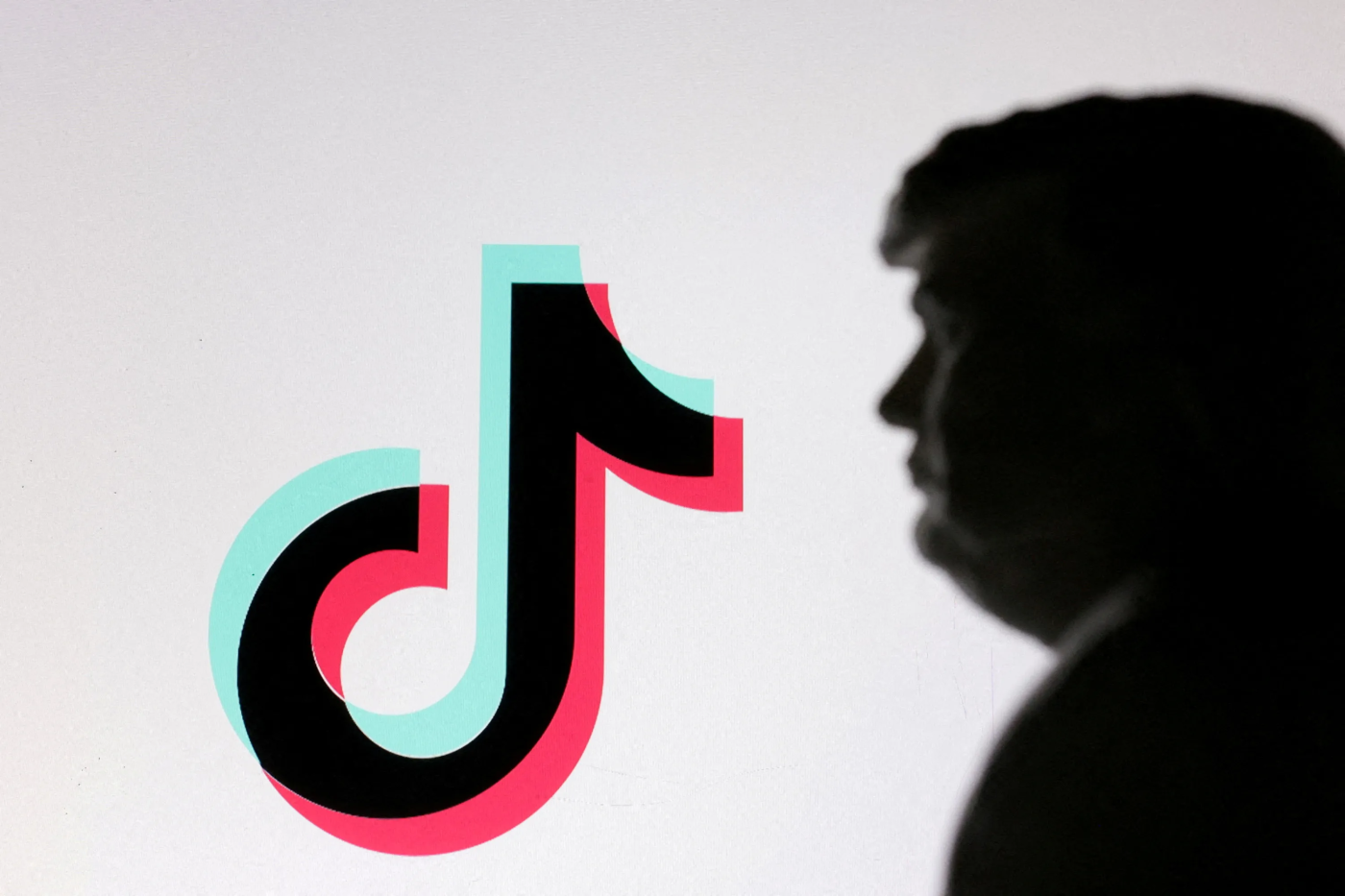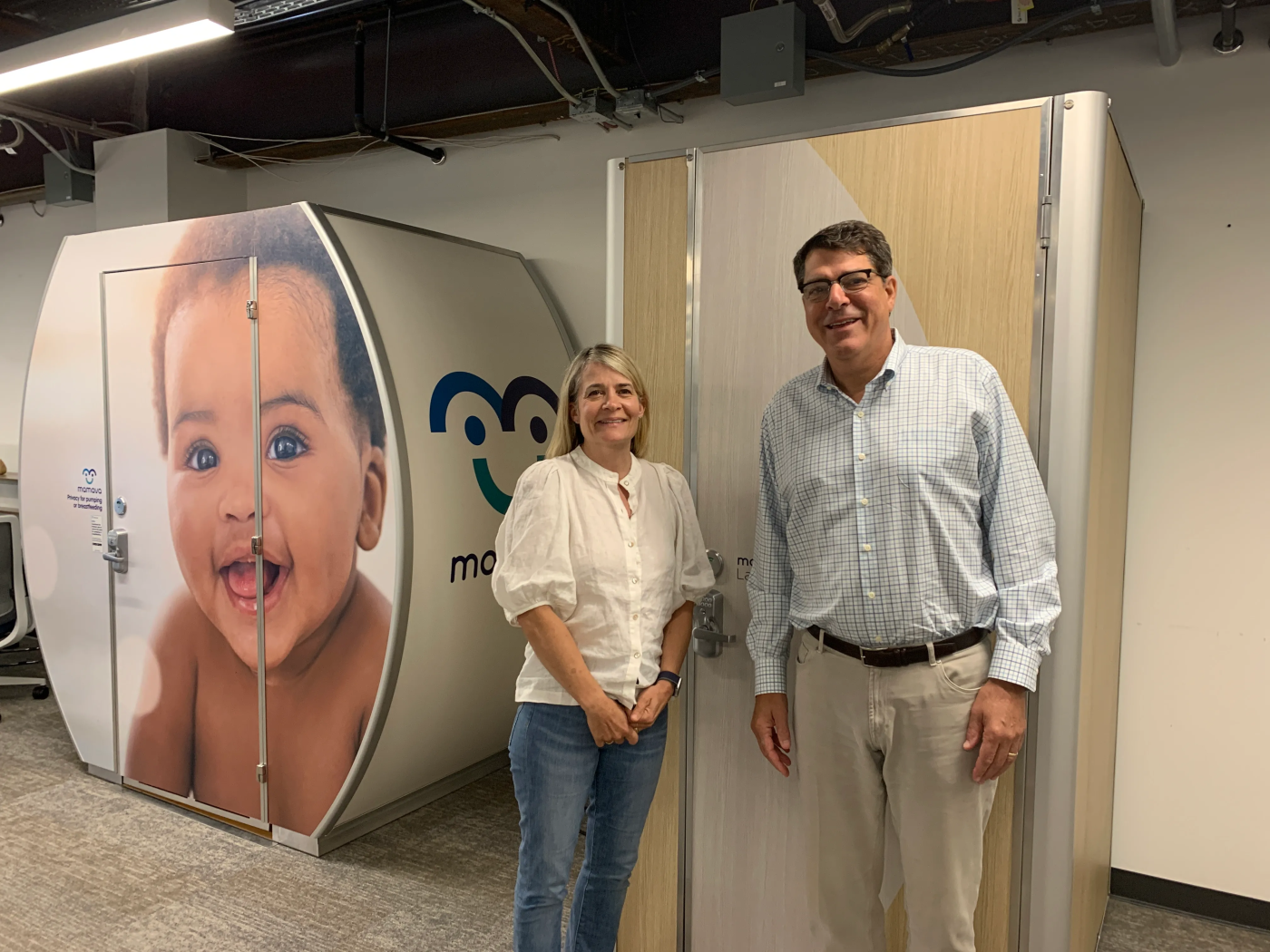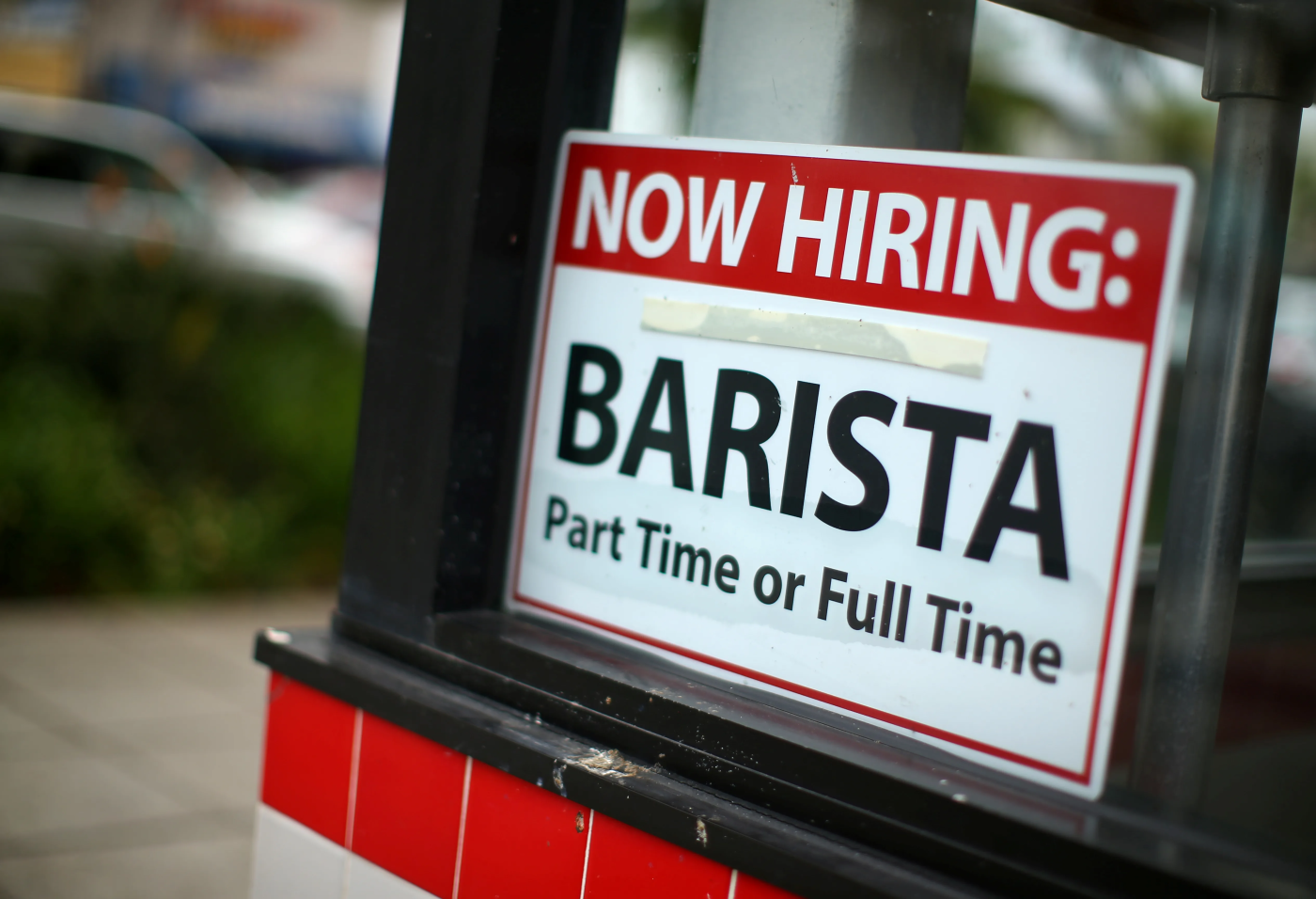
US wage growth for low-paid workers has slowed more rapidly, erasing their post-COVID edge
During the peak of the economic recovery from the COVID-19 pandemic in 2022, wage growth surged for most Americans as employers scrambled to find workers amid lingering health concerns and a burst of consumer spending.
But pay increases really spiked for low-wage employees − such as those in restaurants, hotels and barber shops – allowing that group to modestly narrow a massive pay gap with higher-income professionals.
Now, lower-paid workers are no longer catching up. And it appears they're falling behind again.
Wage growth has slowed for all Americans as both pandemic-related labor shortages and consumer demand have eased. Economists expect the January jobs report due out Friday to show average yearly pay increases ticked down further to 3.8%, according to a Bloomberg survey.
But the gains have downshifted far more rapidly for lower-paid workers.
Maximize your savings: Best high-yield savings accounts
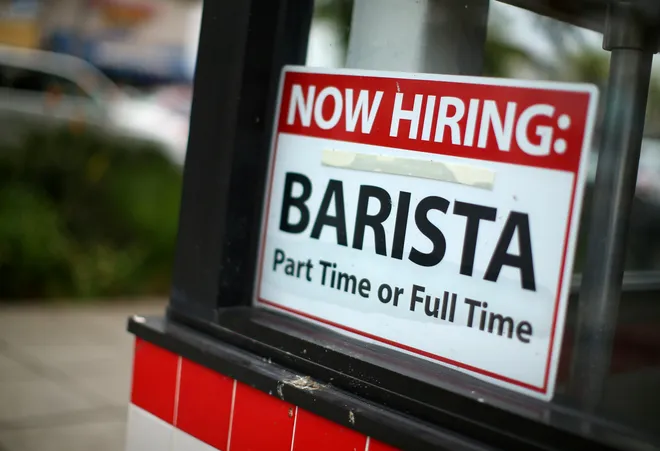
Lower-paid workers 'economically anxious'
In December, the upper half of wage earners saw their pay rise 4.8% from a year earlier, compared to a 4.7% bump for the lower half, according to a 12-month average tracked by the Federal Reserve Bank of Atlanta. While the difference is small, it marks the first time in a decade that pay increases for the higher-paid group have topped their lower-earning counterparts.
Lower-paid workers “don’t feel like they’re still gaining,” said Brad Hershbein, senior economist at the W.E. Upjohn Institute for Employment Research. Partly as a result, he added, “They’re feeling economically anxious.”
Average wage growth for all U.S. workers, including those at lower-income levels, is still outpacing annual inflation – which was 2.9% in December – a trend that began in May 2023 as a post-COVID-19 spike in average price increases ebbed more rapidly than pay gains.
And lower-paid workers’ wages “are much higher than they were in 2019,” before the pandemic, said Elise Gould, senior economist at the left-leaning Economic Polic Institute. “They’re much better off than they were.”
But they’re no longer benefitting from the outsize earnings advances that helped them make more significant strides and many face growing financial strains.
For decades, higher-earning workers’ salaries not only dwarfed those in the lower half, they also notched bigger raises, widening the income gap.
In 2014, that balance shifted due to an improving labor market with growing worker shortages, Hershbein said. Since restaurant, hotel and other customer service jobs have more turnover than higher-wage positions, employers had to start giving bigger raises to attract lower-paid workers, he said. By 2019, the paychecks of lower-earning employees were rising about 4% annually versus 3.5% for higher-earning ones, the Atlanta Fed data shows.
That trend accelerated dramatically during the pandemic as worker crunches reached historic levels. As consumers returned to dining out, traveling and other services, many fast-food cashiers, front-desk clerks and hair stylists were leery of coming back to in-person jobs and living off generous government stimulus checks and other aid, Hershbein said.
Minimum wage increases in many states and cities also bolstered their pay.
By August 2022, lower wage earners were averaging 7% yearly pay increases compared to 4.5% for the higher earners, the Atlanta Fed data shows. Besides simply making ends meet, “They made improvements to their living standards,” Gould said.
That month, yearly pay gains averaged 5.6% in professional and business services compared to 7.7% at restaurant and bars, 8.3% at hotels and 9.2% at barber shops and beauty salons, Labor Department figures show. Even so, professional and business service workers earned an average $39.07 an hour versus $18.80 for food service employees.
Now, however, many customer service workers are falling even further behind. In November, pay in professional services was up 5.1% annually, versus 3.8% at restaurants and 1.7% at hotels. Wages fell 2.2% at barber shops and beauty salons.
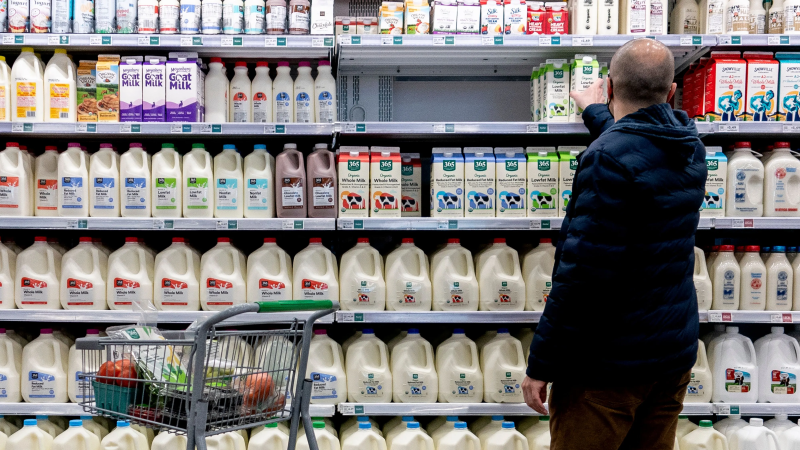
Return to normal means large toll on lower-income workers
The swifter pullback in pay increases for lower-paid workers largely reflects a return to a normal labor market with a better balance between job openings and workers, Hershbein said. Since lower-wage workers saw such huge pay increases during the pandemic’s labor shortages, they had further to fall as the job market cooled.
But the shift is taking a bigger toll on lower-income workers. A measure of financial stress was historically low in 2021 and 2022 as those workers got big pay increases and drew from stimulus money, according to Bruce McClary, senior vice president of the National Foundation for Credit Counseling.
With pay increases slowing and the stimulus money depleted, that financial stress gauge is historically high, he said.
Although wage growth for lower-income Americans is still outpacing inflation, prices remain high and they’re increasingly falling behind on credit card debt they racked up a few years ago, McClary said. As a result, he added, they’re socked with higher interest rates that compound their woes.
“They’re taking in more debt and making significant cuts” in spending,” he said. “They’re just trying to get by.”
